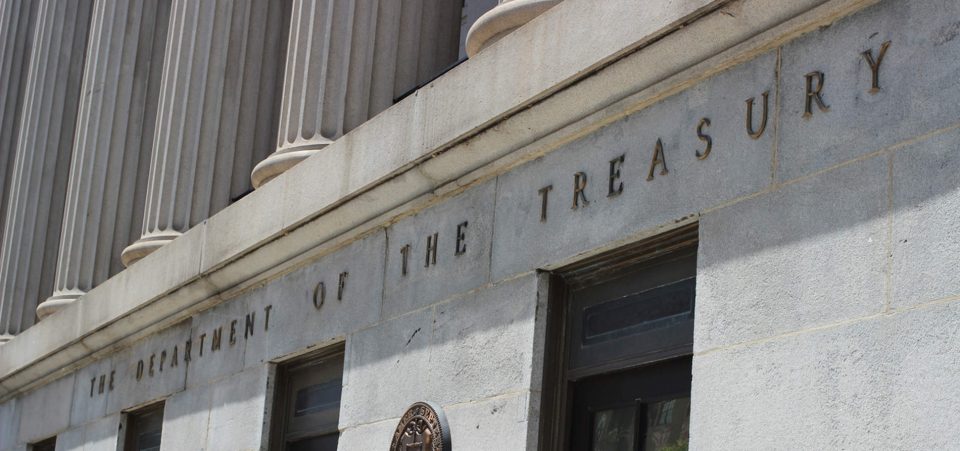How High Can the Debt Ceiling Go by the End of 2017?
Treasury Secretary Steven Mnuchin warned that the government’s finances could simply run out. Mnuchin has once again raised the issue of the U.S. debt ceiling crisis. Quite simply, if Congress fails to address this problem, the resulting market turmoil is going to be just one of the many problems that could result.
The markets could get spooked if the debate over raising the debt ceiling continues. If it should end up in a standoff, a technical default would become all but inevitable. (Source: “Are Markets Sleepwalking Into A Debt Ceiling Crisis: Mnuchin Issues Another Warning,” Zero Hedge, August 21, 2017.)
Mnuchin said he wants to raise the debt ceiling promptly. If not, the government will technically become unable to function. It would block social security payments and all other financial obligations. Millions of Americans would be left without an income. There’s no going around it. Congress must increase the current debt ceiling for the United States to be able to meet its financial obligations.
The government’s finances can only last for another month. The debt ceiling deadline is September 29. By that time, the Treasury needs to agree to borrow fresh money above the current ceiling, in order to finance the government’s administration. Should Congress fail to agree on resolving the U.S. debt ceiling problem, the government might be forced to declare default for the first time in its history. Naturally, it would trigger a financial collapse.
In fact, this problem has been ignored for too long already. The U.S. reached its debt ceiling 2017 last March. It stood at the inconceivable sum of $19.8 trillion. President Donald Trump’s tax reduction plan has to wrestle with this major obstacle. The government, which has run a deficit for decades, must continue to borrow just to pay interest on the debt, let alone pay back the principal.
Failure to raise the ceiling, therefore, means that there will no longer be any money to pay civil servants, pensions, social assistance, and basic running costs. Since March, the U.S. Treasury has been devising ways to manage, but only Congress can authorize lifting the limit.
Washington, We Have a Problem!
Indeed, when do you remember Congress agreeing on anything lately? Although the White House and the majority in Congress are both Republican, there are zero assurances of agreement over the debt ceiling issue. Many traditional fiscal conservatives loathe the idea of increasing debt. They want the government to make a greater effort toward achieving a balanced budget.
After all, if the deadline is just over a month away, how come Mnuchin has not yet managed to get Senate officials to clear the path towards raising the debt ceiling? Part of the problem might be that Mnuchin wants more than just raising the debt ceiling. He wants to increase debt without any conditions. The Trump administration promised to increase spending for infrastructure.
Mnuchin has a mandate not to accept conditions that involve reductions in expenditure. Most certainly, there’s no way that Mnuchin could accept imposing higher taxes. That would kill the stock market at a time when it’s already testing new and shaky heights. Congress has already been putting Trump under pressure amid “Russiagate” and senate hearings.
It’s possible that Congress could take the debt ceiling opportunity to bury Trump, leaving him unable to function. The situation is especially delicate. Trump has to come up with a viable 2018 budget in September. The fiscal year begins on October. Moreover, there’s that ambitious tax reform to address. If it fails, prepare for a roller coaster ride worthy of Six Flags Magic Mountain.
There’s no doubting the fact that Trump must raise the debt limit as soon as possible. President Barack Obama had to confront this problem during each of his terms. Mnuchin should work to avoid this. Otherwise, the impasse will shake financial markets. Under Obama, the market caps had not achieved the kind of values that Wall Street is seeing now.
A similar scenario such as the one that produced a two-week government shutdown in the fall of 2013 will take no prisoners on Wall Street.






